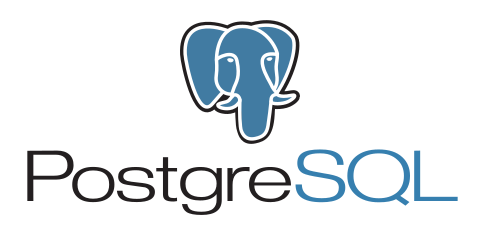About two years ago, at XDC 2015 in Austin, Philippe Casgrain from LightSpeed did a bonus presentation on the benefits of Continuous Integration when building projects with Xojo. Coincidentally, we at Xojo had decided just days before that we needed to move away from manual builds and automate as much of our build process as possible to keep up with the increasing complexity and number of our frameworks (later that summer we would be going from 3 to 8). After the presentation, we heard from several developers asking when the limitations of automated builds would be addressed and because we were working on our own process, it gave us an excellent place to try out new things while ironing out the wrinkles.
Comments closedMonth: June 2017
We’re starting a new thing! At the end of each month we’ll round up a few of our favorite things – from blog posts, announcements, technology, science and whatever other stuff the Xojo team thinks was noteworthy and I’ll post it. It’s the new Xojo Monthly Round Up!
Comments closedThe ability to code is an increasingly valuable skill. At Xojo we believe that anybody can learn to make their own apps. And Xojo is a great language for students looking to add programming to their skillset and for citizen developers.
Learn to code using Xojo and you can build apps for Mac, Windows and Linux, web apps, iOS apps and Raspberry Pi apps (and Android- it’s coming!). With the exception of iOS which requires a Mac, you can build for any platform we support from any platform we support. Want to build Windows apps for your friends from your Mac? That’s what Xojo is great at! Want to make your work day easier with a database app to track your inventory? Xojo’s great at that too!
Comments closedJohn Gruber of Daringfireball.net recently wrote about the problem of so many iOS apps being over 100MB in size, which means they cannot be updated over a cellular connection. It really stinks to be forced to wait until you can get on WiFi just to update an app. And it can be especially bad if you really depend on the app.
Yesterday he mentioned that a big part of the problem is that apps written in Swift (and some other tools) end up bundling in a lot of standard libraries and developers don’t take the time to consider the ways in which they can trim their overweight apps down to size before shipping updates.
But you don’t have to be knowledgable about the many techniques you will need to trim your iOS apps. There is simpler solution to this problem: write your iOS apps in Xojo.
Comments closedWhether you are new to building database applications or you need to expand your toolbox, Xojo is a smart choice. With Xojo you can build real, native apps. And Xojo’s powerful language allows for rapid app development while supporting a wide variety of databases and ODBC, plus it offers flexible form design, database binding, reporting and more.
Comments closedIn 1998 Steve Jobs was the interim CEO of Apple and trying to keep his unprofitable company from sinking into bankruptcy. Just the previous year, when asked what he would do if he were in charge of Apple, Dell CEO Michael Dell said, “I’d shut it down and give the money back to the shareholders.”
The Mac had single digit marketshare. Creating a development tool, independently of Apple or any company that makes a platform such a tool would support, was considered a fool’s errand. There were plenty of tools available from large companies. Apple made MPW (the Macintosh Programmer’s Workshop). Symantec created THINK C. Metrowerks developed CodeWarrior. IBM’s VisualAge. Macromedia Flash. If you needed to create a cross-platform desktop app, you’d be told to look no further than SUN Microsystems Java: THE cross-platform language. We were all promised that Java was going to run on everything from our computers to our cars to our can openers. Java was the safe and popular choice. Developers made up only about 5% of computer users anyway. Honestly, who would be crazy enough to launch a new development tool in a market crowded by giants?
We were.
Comments closedPostgreSQL is an open source object-relational database system that’s had more than 15 years of active development. Here are 7 reasons you should be using PostgreSQL.
Comments closedThe XojoTalk podcast is hosted by Xojo’s Developer Evangelist Paul Lefebvre. Paul talks with Xojo team members as well as Xojo developers and community members about Xojo and whatever the heck else comes up!
Comments closedDo you find it frustrating to create web apps? HTML, CSS, JavaScript, and AJAX can be challenging, and frameworks such as Node, React, Ruby on Rails, ASP.NET, PHP and Java are often overwhelming for those just beginning web development.
There is a simpler solution: Xojo. Using a single programming language and a single IDE, you can go from zero to a working web app in an amazingly short amount of time with Xojo.
Comments closed




